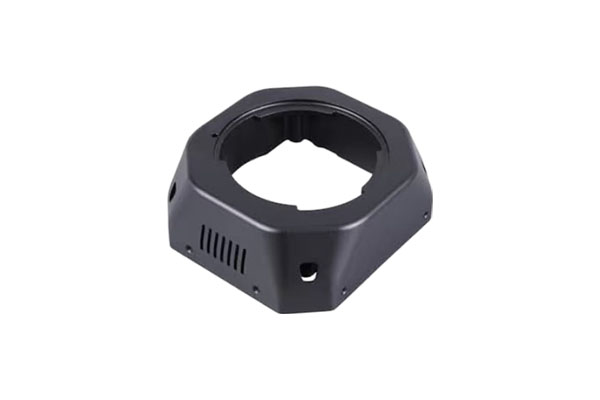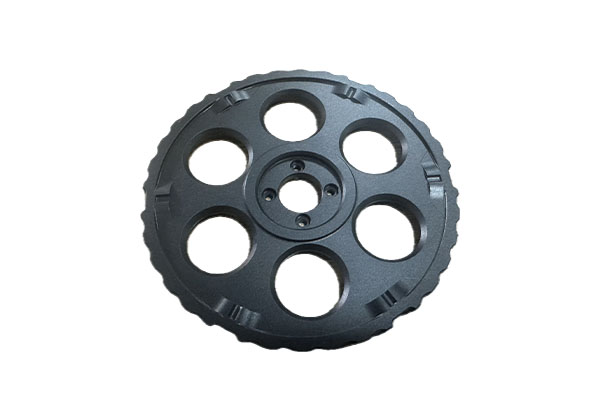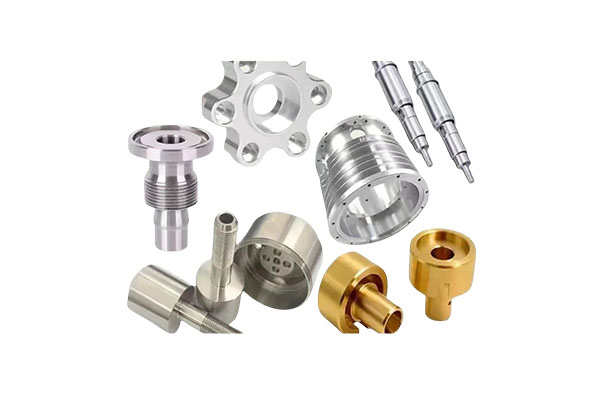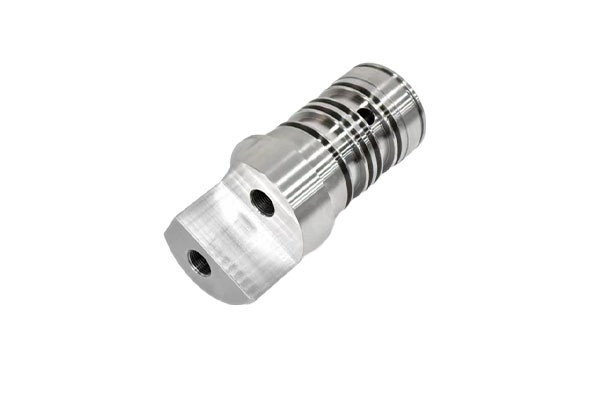How is residual stress generated during CNC precision parts processing?
Release Time : 2025-04-28
Residual stress refers to the stress that remains inside an object after the external load is removed. In the process of CNC precision parts processing, the generation of residual stress will have an important impact on the accuracy, stability and fatigue strength of parts.
In the field of CNC precision parts processing, it is crucial to ensure the accuracy and quality of parts. As an important factor affecting the performance of parts, the generation mechanism of residual stress is complex and involves multiple processing links. In-depth understanding of the causes of residual stress is of great significance for taking effective control and elimination measures to improve the quality of part processing.
During the cutting process, the interaction between the tool and the workpiece will cause plastic deformation of the material on the surface of the workpiece. When the cutting edge of the tool cuts into the workpiece, it will squeeze and shear the material, causing local plastic flow of the material. Due to the uneven distribution of cutting force, the degree of plastic deformation at different positions on the workpiece surface is also different. When the cutting force is removed, the material in the plastic deformation area cannot be completely restored to its original state, resulting in residual stress. For example, in turning, when the feed rate and cutting depth are large, it will lead to a large cutting force, which will cause more obvious plastic deformation and residual stress on the workpiece surface.
During the cutting process, the friction between the tool and the workpiece and the plastic deformation of the material will generate a lot of heat. This heat will cause the surface temperature of the workpiece to rise sharply, forming an uneven temperature field. Due to the principle of thermal expansion and contraction, the area with increased temperature will expand, but the constraints of the surrounding materials limit its free expansion, thereby generating thermal stress. When the processing is completed, the workpiece cools to room temperature, and the thermal stress cannot be completely eliminated, so it is converted into residual stress. For example, during high-speed cutting, the cutting temperature can be as high as several hundred degrees Celsius. In this case, the thermal stress and residual stress generated are more significant.
As the cutting process proceeds, the tool will gradually wear. After the tool is worn, the geometry and sharpness of its cutting edge will change, resulting in increased cutting force and increased cutting heat. At the same time, the worn tool may vibrate, further exacerbating the instability of the cutting process. These factors will make the plastic deformation and thermal effect of the workpiece surface more obvious, thereby promoting the generation and increase of residual stress. For example, when the wear of the back face of the tool reaches a certain level, the cutting force will increase significantly, and the residual stress on the workpiece surface will also increase accordingly.
CNC precision parts processing process parameters such as spindle speed, feed rate, cutting depth, etc. have a direct impact on the generation of residual stress. Different parameter combinations will lead to different cutting forces, cutting heat and plastic deformation. Generally speaking, higher spindle speeds and feed rates will increase cutting forces and cutting heat, thereby increasing residual stress; while larger cutting depths will make the stress distribution inside the workpiece more uneven, which will also lead to increased residual stress. Therefore, the reasonable selection of processing parameters is crucial to controlling residual stress.
The characteristics of the workpiece material, such as hardness, strength, toughness and thermal expansion coefficient, will also affect the generation of residual stress. Materials with higher hardness require greater cutting forces during cutting, and are prone to greater plastic deformation and residual stress; materials with larger thermal expansion coefficients will produce more obvious thermal deformation under the action of cutting heat, resulting in greater thermal stress and residual stress. For example, compared with aluminum alloys, stainless steel materials have higher hardness and strength, smaller thermal expansion coefficients, and the residual stress generated during processing is usually more complex and difficult to control.
The generation of residual stress in the process of CNC precision parts processing is a complex physical process, involving multiple factors such as plastic deformation in cutting, thermal deformation caused by cutting heat, tool wear, processing parameters and material properties. These factors interact and influence each other, and jointly determine the size and distribution of residual stress. In order to improve the processing quality and performance of CNC precision parts, it is necessary to deeply study the generation mechanism of residual stress and take effective process measures to control and reduce residual stress, such as reasonably selecting tools and processing parameters, optimizing cutting conditions, and performing appropriate heat treatment.







